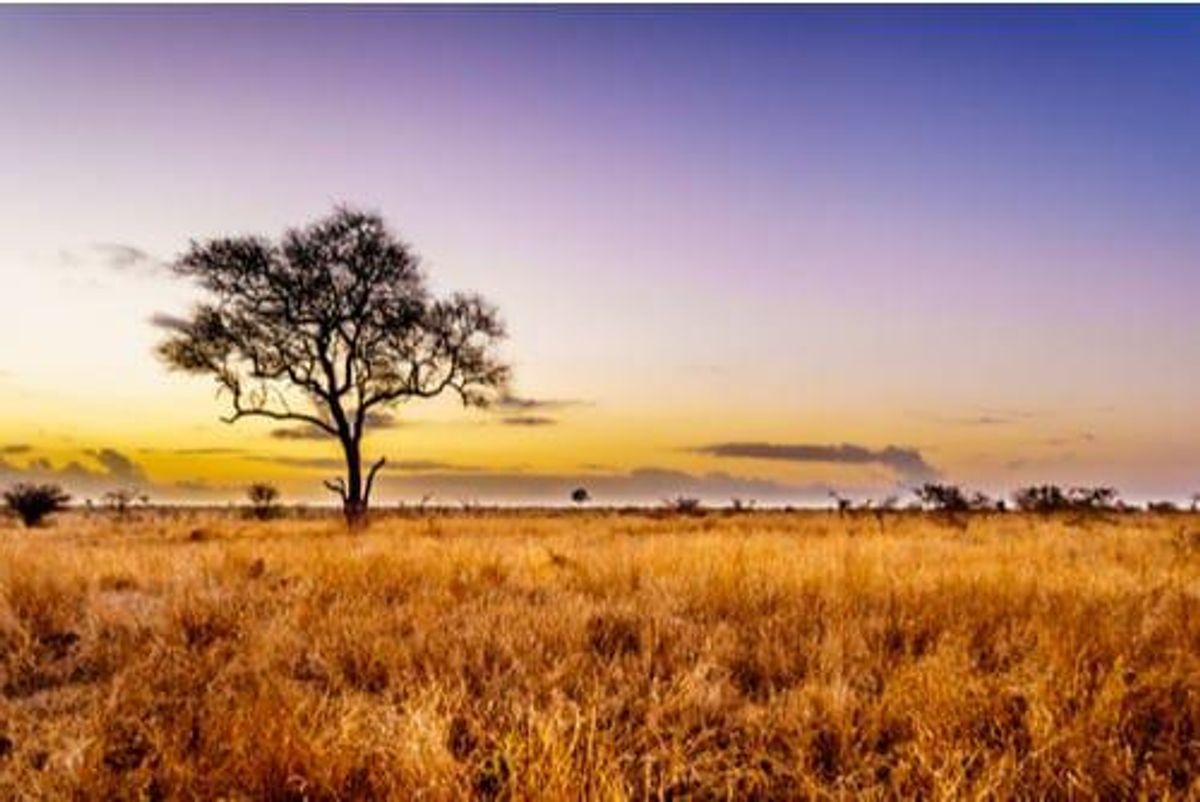Copper in Africa: DRC, Zambia, South Africa and Namibia
Africa is a strategic region for copper production and exploration, with hot spots in the Democratic Republic of Congo, Zambia, South Africa and Namibia.

The mineral-rich African continent may be best known for its wealth of oil, gold and diamonds, but the region also hosts significant copper resources.
In fact, Africa is one of the most important sources of copper in the world, and is home to some of the most impressive copper belts. Two of the world’s 10 top copper-producing countries are found in Africa.
While production comes primarily from the Democratic Republic of Congo (DRC), Zambia and South Africa, a new hot spot is emerging in Namibia. Read on for a look at copper in those four countries.
Copper mining in the DRC
The DRC is the top copper producer in Africa, and the fourth largest copper producer globally. In 2019, the DRC’s copper mine production totaled 1.3 million metric tons (MT).
Most of the country’s copper operations are in the province of Katanga — it’s known for its vast mineral resources, which also include cobalt, tin, uranium and diamonds. Katanga is located on the Central African Copperbelt, the world’s largest and most prolific mineralized sediment-hosted copper belt.
The DRC is a hot spot for both copper mining and the global call for conflict-free minerals — unsafe working conditions and the use of child labor in the country’s artisanal mining industry have prompted manufacturers to source ethical alternatives. Combine that with the DRC government’s tax hikes for mining companies, and the industry has a high propensity for insecure supply lines.
Nevertheless, mining giants such as Glencore (LSE:GLEN,OTC Pink:GLCNF) and Ivanhoe Mines (TSX:IVN,OTCQX:IVPAF) have established significant operations in the DRC. Glencore, one of the world’s largest copper-producing companies, owns two large-scale copper-cobalt mines in the country: Katanga and Mutanda, which both produce copper cathode and cobalt hydroxide.
For its part, Ivanhoe has been exploring in Africa since 1994, and today owns three major copper projects in the DRC. The company is looking to the third quarter of 2021 for first production at the Kakula mine. With an initial mining rate of 3.8 million tonnes per annum at an average of 6.6 percent copper over the first five years of production, Kakula is expected to be the highest-grade major copper mine in the world.
The future mine is part of the the Kamoa-Kakula project, a joint venture between Ivanhoe Mines (39.6 percent), China’s Zijin Mining (OTC Pink:ZIJMF,HKEX:2899) (39.6 percent), Crystal River Global (0.8 percent) and the DRC government (20 percent). According to Ivanhoe, Kamoa-Kakula has the potential to become the world’s second largest copper-mining complex.
Copper mining in Zambia
Zambia is Africa’s second biggest copper producer, accounting for 70 percent of the continent’s total copper output. As of 2019, Zambia was the seventh largest copper producer in the world, generating 790,000 MT of the red metal that year. Copper represents 60 percent of the country’s total exports.
Zambia’s Chamber of Mines states that the nation’s copper-mining industry is dominated by four major mines: Barrick Gold’s (TSX:ABX,NYSE:GOLD) Lumwana mine; First Quantum Minerals’ (TSX:FM,OTC Pink:FQVLF) Kansanshi mine; Mopani Copper Mines, which is majority owned by Glencore; and Konkola Copper Mines, a subsidiary of Vedanta Resources (NYSE:VEDL). The Zambian government holds a minority shareholder position in each of these companies.
These companies have also been subjected to rising resource nationalism, as evidenced by the Zambian government’s push to have a greater stake in the foreign companies mining within its borders.
Copper mining in South Africa
South Africa is a mineral-rich country known primarily for its platinum-group metals — it ranks as the world’s leading platinum producer and the second largest palladium producer after Russia.
Yet South Africa was the first African nation to begin commercial-scale copper mining with the opening of the Palabora open-pit copper mine in 1966.
Today, the Palabora copper mine remains one of the largest and deepest open-pit mines in the world. Rio Tinto (ASX:RIO,NYSE:RIO,LSE:RIO) subsidiary Palabora Mining Company operates the mine, smelter and refinery complex — South Africa’s only refined copper producer.
South Africa’s mining industry overall has suffered steep declines in output in the past few years, brought on by several factors, including conflicts between industry and government, labor strikes and economic challenges. The COVID-19 crisis has only exacerbated production issues in the country.
Copper mining in Namibia
Namibia has a well-established mining industry focused mainly on the production of uranium, gold, diamonds and lead; however, over the past several years copper production in the country has been rising. The Geological Survey of Namibia notes that the country’s mineralization includes copper deposit types such as volcanogenic massive sulfides and porphyry copper.
Namibia’s copper-mining industry may not be as advanced as its African peers, but its sociopolitical stability is by far superior. Namibia consistently ranks as one of the most favored mining jurisdictions on the continent — a distinction that is a significant indicator of the country’s stable democracy, strong economy and well-developed mining code, which is similar to those in Canada and Australia.
With those factors working in its favor, the country is quickly becoming a target for copper exploration companies, such as Deep-South Resources (TSXV:DSM,OTC Pink:JAUGF) and Trigon Metals (TSXV:TM). Deep-South is developing the Haib copper-molybdenum porphyry deposit, one of the largest such deposits in Namibia. For its part, Trigon Metals holds five licenses, including the past-producing Kombat mine project, which it is working to bring back into production.
This is an updated version of an article first published by the Investing News Network in 2013.
Don’t forget to follow us @INN_Resource for real-time updates!
Securities Disclosure: I, Melissa Pistilli, hold no direct investment interest in any company mentioned in this article.





